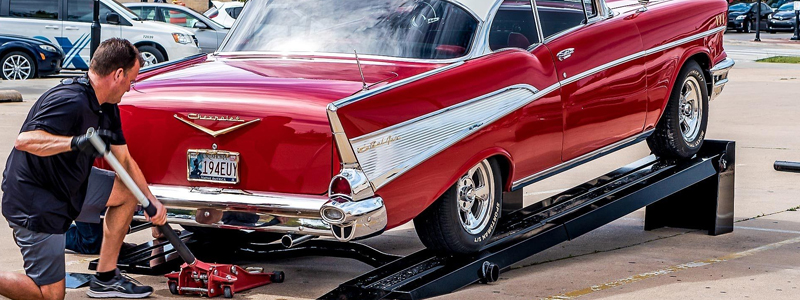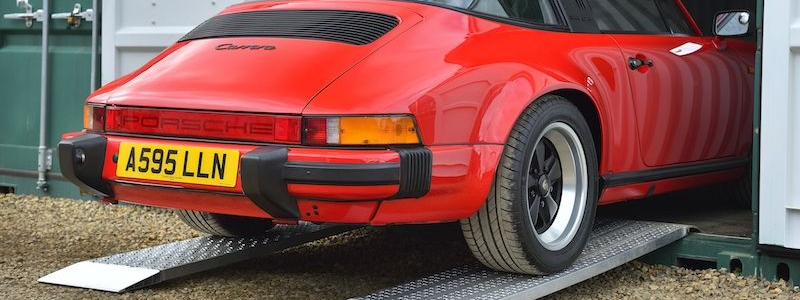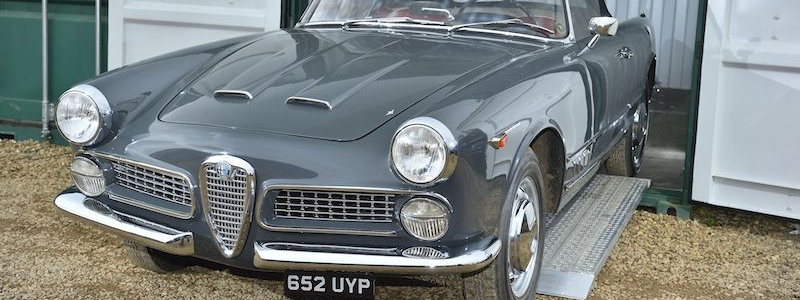
Benefits of car ramps and using them safely
Whether you’ve just invested in the classic car of your dreams or considering lowering your vehicle as part of some upcoming modifications, you might find car ramps become an essential weapon in your garage arsenal. Of course, even experts can forget best practices for using car ramps. Whether you’re new the world of car enthusiasts or just need a reminder, here’s a rundown of all the benefits of car ramps and how to use them safely.
The benefits of car ramps
Kerbs and steep inclines
From classic cars to sports models, lowered vehicles will struggle with kerbs, steps or even certain inclines. A steep driveway, for example, may scrape against the front and underside of the car and cause significant damage. No one wants to damage their car, least of all a prized classic sports model.

Maintenance
Car ramps are great for lowered cars and normal vehicles alike, especially for enthusiasts who spend time working on their vehicles. While jack and axle stands can also be used to lift the vehicle, ramps are often safer especially if you need to work on a sloped surface. For cars that have been lowered, the original jack may no longer fit underneath the vehicle at all.
Travel and display
For those that spend a lot of time and money on their car, it’s no surprise that they want to display and even tour with it. Ramps can help load these cars into containers as well as onto platforms and stages safely, and the right kind of car ramps should be lightweight and compact enough for easy travel as well.

Using car ramps safely
Weight and length
The best way to ensure your car ramps are safe is to double check they handle the right capacity and are the right length. Their weight capacity will depend on your vehicle but remember to account for the wheelbase and spread of weight. The manufacturer’s VIN plate just inside the driver’s door frame should be able to tell you the correct weight. The best car ramps should be tested to several different wheelbases to help ensure that the load capacity is safe for the vehicle.
When selecting the length, you will need the height of the kerb or slope you’re loading on and ensure that you don’t exceed the safe 30% gradient. The correct length will therefore be the height difference multiplied by 100 and then divided by 30% or another, lower safe gradient.

Safe loading
To safely use the ramps, it’s always best to have someone on standby to help guide you. Ensure the steering wheel remains straight and drive slowly but try and load the car in one go rather than stopping and starting which can burn out the clutch and make it more difficult to load safely.
Securing your car
If you’re using a car lift or using the ramps to lift your care for maintenance, you’ll need to secure your car on the ramps properly. As well as engaging the handbrake fully, leave the car in gear to prevent it rolling back.
It’s also best practice to use wheel chocks on the rear wheels to help stop the car from rolling. If you’re working on a smooth surface, such as a concrete garage, then rubber wheel chocks will provide more grip to stop them from sliding back. Additionally, using a rug or mat under the ramps will prevent them from slipping out of place.























